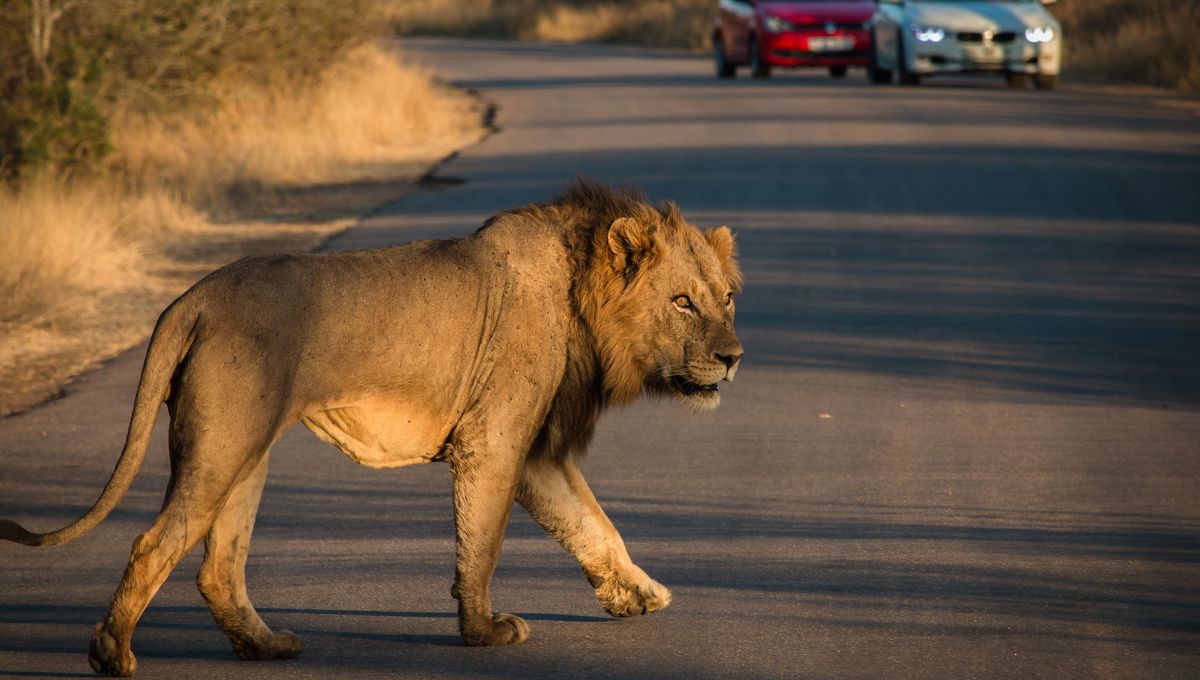
Human-wildlife conflict can take all sorts of forms, but one of the most common is the problem of roads and roadkill. While scavengers can benefit from roadkill in certain areas, different species can become more at risk than others. New research from across Africa suggests some of the country’s most vulnerable wildlife could be put under even more pressure by new roads through mountainous areas.
Roadkill rates were investigated for over 5,000 roadkill instances that spanned across reptiles, amphibians, birds, and mammals. A recent conference presentation entitled Patterns of Wildlife-Vehicle Collision in Montane Environments showed that amphibians suffered the most roadkill in mountainous areas while mammals were killed the most often in low-lying regions.
“Unpredictable weather patterns and sudden topographical changes all contribute to these roads potentially being more hazardous for both drivers and any surrounding wildlife: the ruggedness of these terrains and tortuosity of roads can make it harder for drivers and wild animals to detect one another on mountain roads, increasing the likelihood of collisions,” said study lead Professor Aliza le Roux of the University of the Free State and colleagues in a statement.
The animals found to be at risk include many that already face threats and an uncertain future. African wild dogs and elephants are both endangered on the IUCN Red List, while lions and leopards are both listed as vulnerable. Among the road-killed birds found in these areas are the hooded vulture, which is a critically endangered species due to capture for traditional medicine and bushmeat, and the endangered steppe eagle.
“Crucially, however, the highest proportion of species classified as Near Threatened or more vulnerable to extinction on the IUCN Red List was killed in the high-elevation mountains (10.1 percent of species killed in these areas), with the lowest proportions found in low-elevation regions (5.1 percent of species),” explain the authors in their abstract.
Elsewhere in the world, measures have been put in place to allow humans and animals to coexist and reduce vehicle collisions. In Australia a “virtual fence” alarm system managed to halve the roadkill on one highway, while work continues on the world’s largest wildlife crossing over a freeway in California.
The study was presented at the Second Southern African Mountain Conference (SAMC2025).
Source Link: Leopards, Lions, And Steppe Eagles Threatened As New Roads Carve Up Africa's Remote Mountains